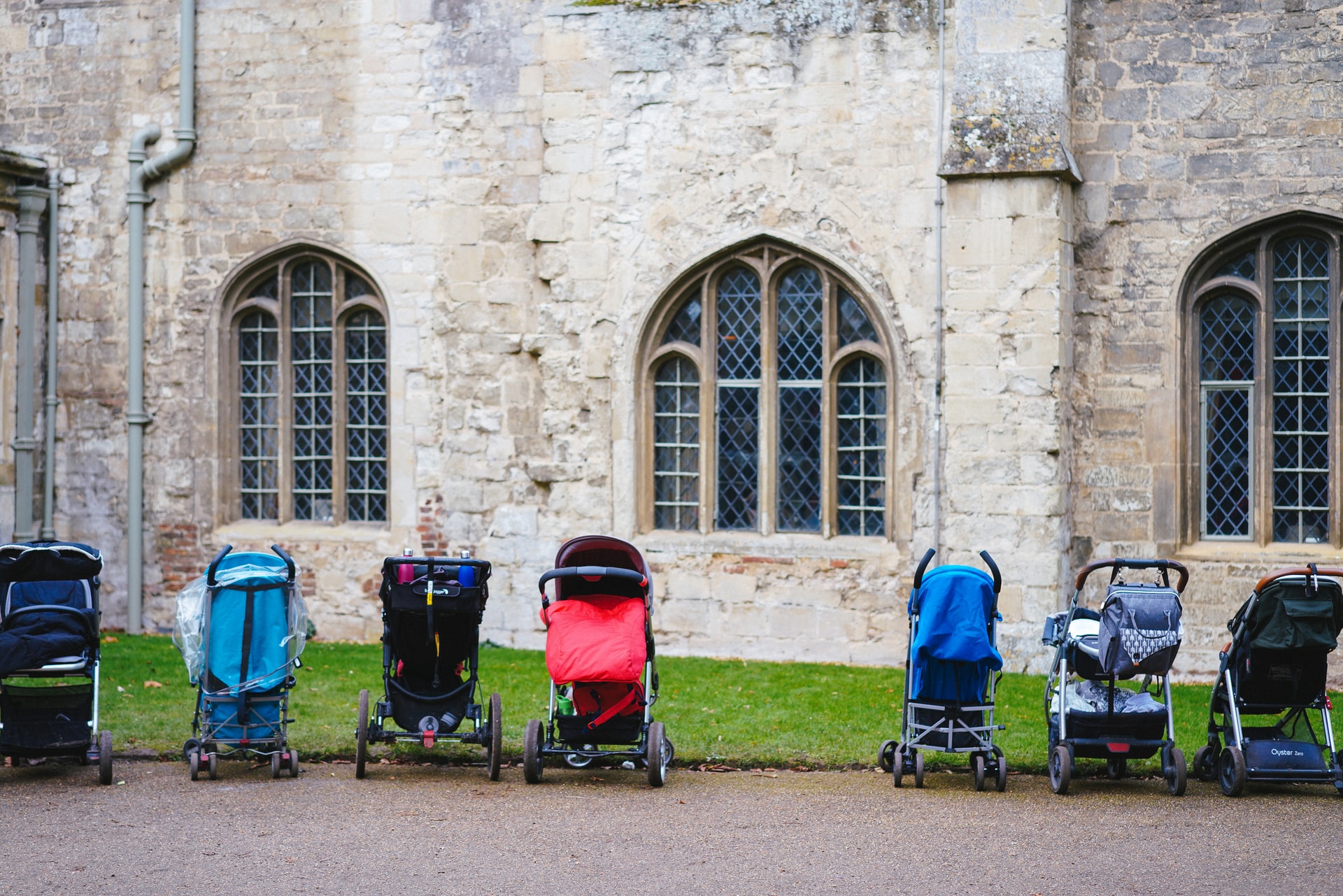In 2018, Divya and Rajeev Sharma* were keen to move out of India. Both are engineers working in the information technology sector, so their skills are in high demand. They received job offers in the United States, the United Kingdom and France.
The couple considered many factors when deciding which country to move to, including the weather, expected earnings and prospects for advancement. But a major sticking point was childcare costs and parental leave.
“We were planning to start a family very soon and both wanted to continue working. That is why several weeks of leave for both parents was important for us,” Divya says.
“Initially, we were keen on the U.S., because the job prospects seemed better and the salaries were higher,” she says. “But, when we saw it has no mandatory provision for parental leave, we decided to explore other options.”
Parental leave around the world
The United States is the largest of very few countries with no mandated leave for new parents. While some states have implemented family leave laws, there is no paid parental leave provision at the federal level. On the other hand, its northern neighbor, Canada, allows for combined parental leave of up to 69 weeks with reduced pay.
The International Labor Organization recommends a minimum of 14 weeks of paid maternal leave at least two-thirds of the previous salary. The recommendation is backed by decades of research showing that longer leave policies for mothers are linked to increased participation of women in the workforce. Studies have also shown that such leave policies can prevent families from falling into poverty.
Divya and Rajeev decided to move to the United Kingdom for the familiarity of the English language and the guaranteed leave for both parents.
In the U.K., statutory maternity pay covers up to 39 weeks of leave at a reduced salary. For the first month and a half, the mother is entitled to 90% of her average weekly earnings, then £156.66 per week or 90% of weekly earnings, whichever is lower. A father is entitled to at least two weeks of paid leave, or the parents can split the time off, for up to 50 weeks.
Paid leave for fathers
The U.K. is a bit of an exception. Most countries around the world don’t mandate paternity pay. That includes the world’s two most populous countries, China and India, as well as the United States.
In Europe, at least two weeks of paternal leave has become the standard, with Switzerland also adopting the mandate following a referendum in 2020. In Germany, parents can collectively take up to 14 months of leave, generally paid at 65% of normal salary, dividing the time as they see fit or taking leave simultaneously.
Countries with parental leave mandates, 2011 vs. 2021
But many more countries around the world are adopting provisions for mandated parental leave. In the past decade, 22 countries introduced policies that ensure at least 14 weeks of paid leave for mothers, and another 37 countries began providing paid leave for fathers.
The average length of mandated paternity leave remains seven days. But a decade ago, the average paternity leave was only three days.
Job security for new mothers
Another factor that has a big impact on the quality of life for families is whether mothers are able to go back to the same job or an equivalent job after their leave. As many as 74 countries do not have any legal provision that ensures mothers can return to the same jobs.
Parental leave advocates argue that such a guarantee can substantially improve the well-being of both parents and the kids as it ensures that parents are able to take time off work for childbirth without a loss in income.
Studies have shown, however, that parents in the United States are less happy than those without children. Scholars have argued that the failure of governments to ensure generous family policies accounts for this “happiness gap.”
The study published in the American Journal of Sociology found that the U.S. has the largest “well-being penalty for parenthood” among the group of 22 wealthy nations that were part of the study. In Scandinavian states that provide parental leave and child care policies, parents were found to be happier than non-parents.
The study analyzed the quality of the overall benefits package, which included paid parental leave, work flexibility, paid sick leave and vacation time. It found that the countries that had a stronger family package fared better in terms of overall happiness of the population. It also concluded that reducing childcare costs had a big impact on the happiness of families.
Average costs of childcare
Affordable childcare and/or daycare costs are crucial for families with both parents working while the children are growing up. In most parts of the world, women bear the majority of the burden as primary caregivers.
Organization for Economic Co-operation and Development (OECD) research shows that families in some developed nations spend up to a third of their income on childcare.
Raising children while working is most expensive in New Zealand, with childcare for two children costing 36% of the average income of two people. Switzerland is extremely expensive as well with childcare costing up to 34% of a couple’s income. The U.K., too, has expensive childcare, with the spending equivalent to 29% of the household income.
Overall, the OECD found that in the 30 wealthiest nations families were spending on average about 15% of their net income on childcare. Some countries, like Germany, consider childcare an essential public service and guarantee access for all children. As of the age of 1, every child in Germany has the legal right to childcare, for which the government provides generous subsidies.
How paid parental leave pays off
Inclusive and generous parental policies are beneficial on several levels. They can move a country forward on gender equality metrics by ensuring that women can remain in the work force and by reducing gender and motherhood pay gaps. This is confirmed by Laura Addati, a policy specialist on gender equality and non-discrimination at the International Labor Organization.
In the absence of adequate parental leave, “a lot of jobs become inaccessible to women because of motherhood,” Adatti says. “So, women tend to take up gig jobs or part-time jobs that allow them to manage the care responsibilities. But that means that they earn less.”
Research has shown that ensuring affordable childcare is not only beneficial for families but also the economy as a whole. Quality, trustworthy childcare that is affordable means that women can continue to work after having a child, contributing to the overall economy of the country.
It’s better for the future workforce as well. Research shows that children with access to early learning programs within childcare systems grow up to be better educated than those who did not. That, again, leads to more value in the national economy.
In the long run, Aditti says, parental leave and childcare policies are beneficial for everyone — for families, employers and governments. There has been much global progress recently, but even more is needed, she adds.
“We need massive transformations. We need an integrated approach. We also need further assistance for people in the informal economy or in the gig economy,” Aditti says. “A lot more needs to be done.”
* Names have been changed for privacy.
Read more
Sign up to keep up to date with ReThink Q.







